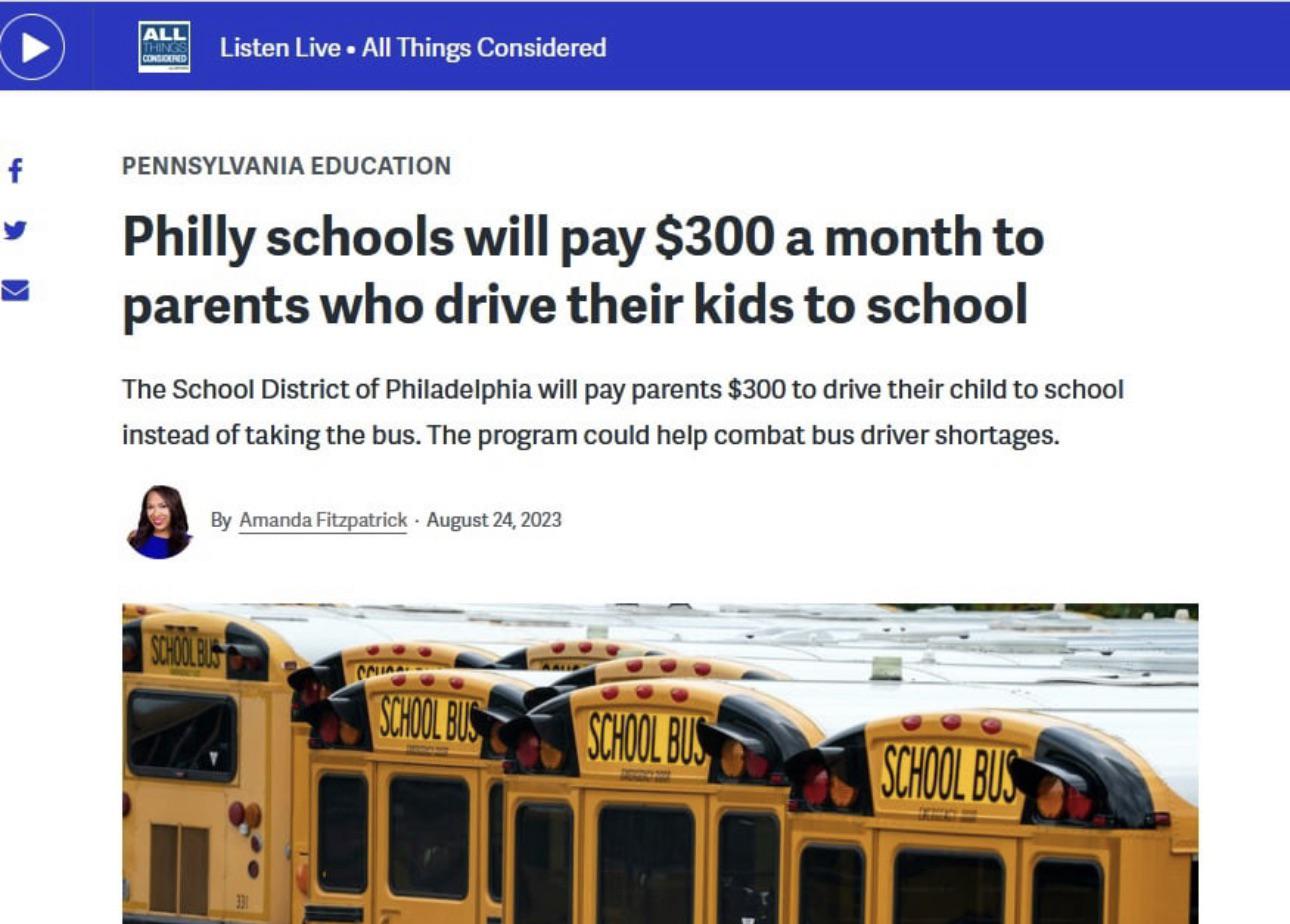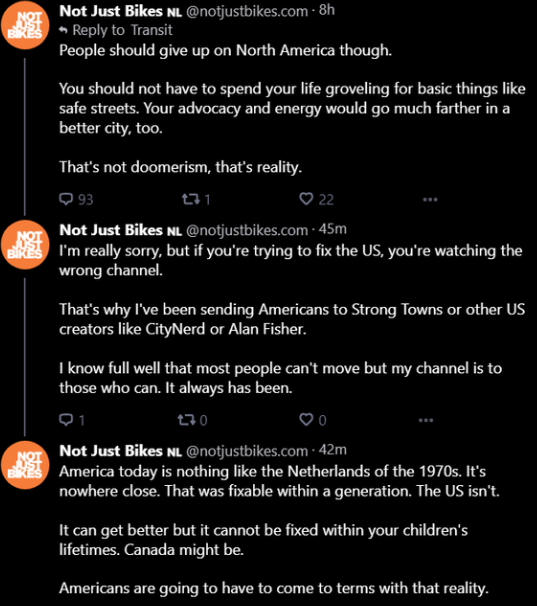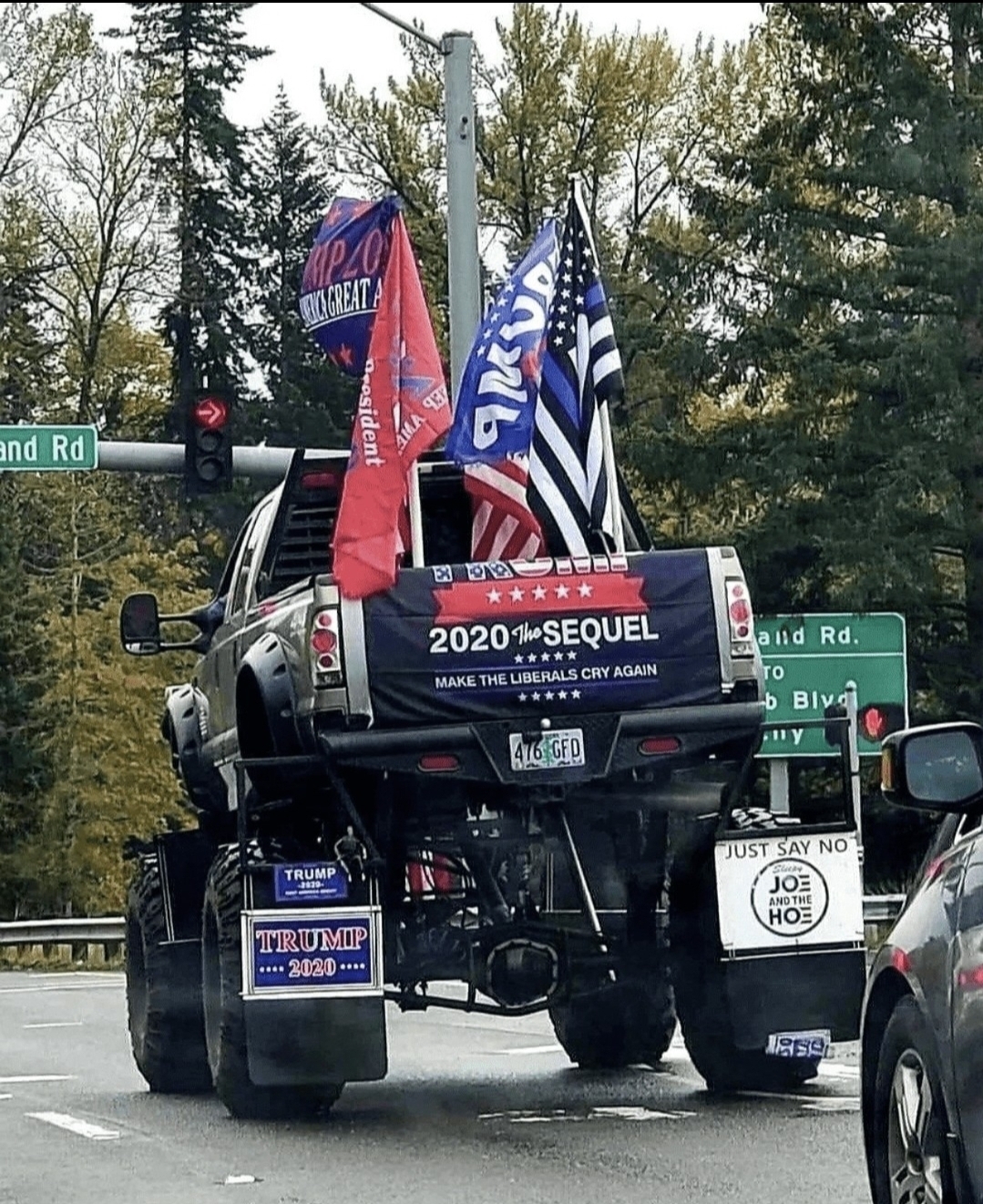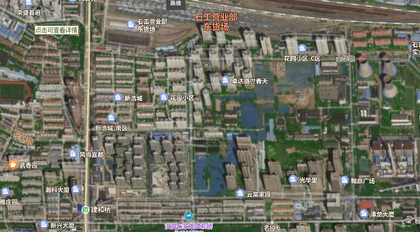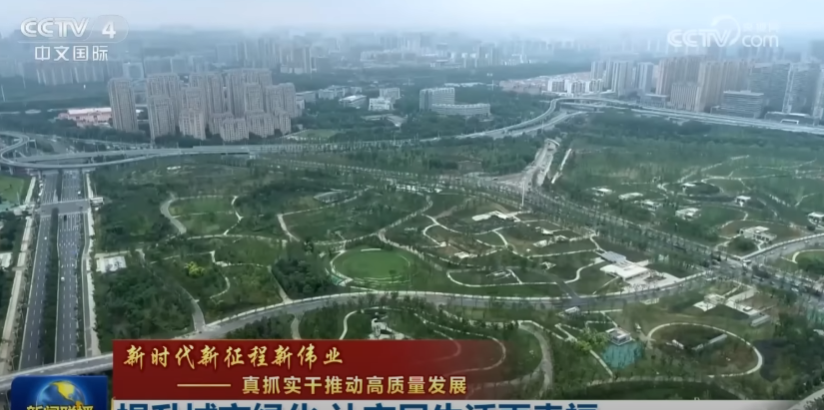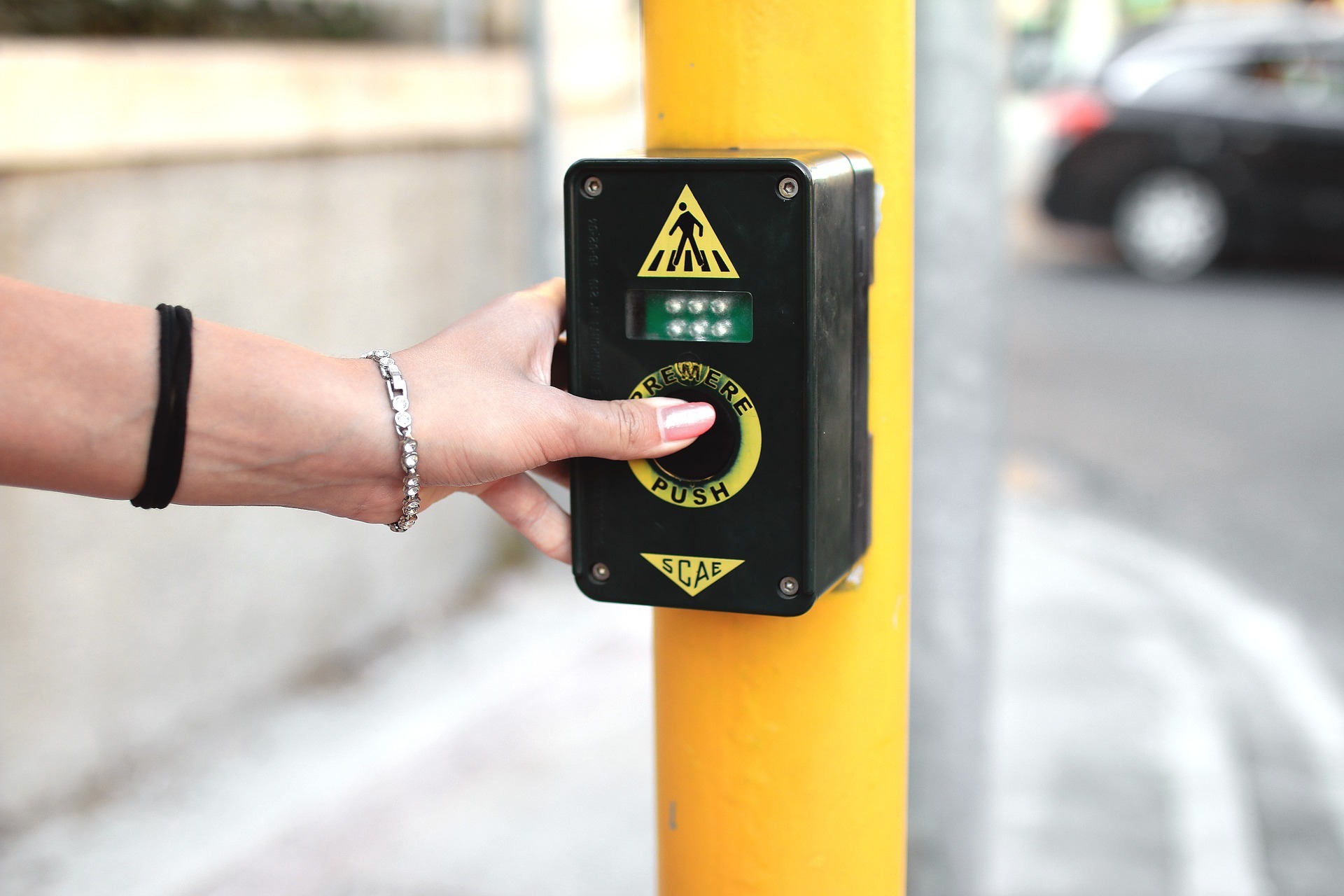FuckCars
A community for discussions of how cars have ruined many cities across the globe, as well as alternatives to them.
Cars are deeply tied to capitalism, and in resisting capitalism, it is worthwhile to reconsider personal automobiles place in transportation.
Rules: (wip: message me if I’m missing something)
Be nice to people: This is fuck cars, not fuck drivers. Yes some drivers are car-brained maniacs, no that doesn’t mean they’re evil (usually).
No hate or bigotry: No racism, homophobia, sexism, terfs, ableism, etc. Not the move generally. Cars have already destroyed enough marginalised communities, no need for us to help them.
No traffic violence: Do not post depictions of traffic violence. NSFW or NSFL posts are not allowed. Gawking at crashes is not allowed. Be respectful to people who are a victim of traffic violence or otherwise traumatized by it. News articles about crashes and statistics about traffic violence are allowed. Glorifying traffic violence will get you banned.
No misinformation: Masks and vaccines save lives during a pandemic, climate change is real and anthropogenic - and denial of these and other established facts will get you banned. False or highly speculative titles will get your post deleted.
No harassment: Posts that (may) cause harassment, dogpiling or brigading, intentionally or not, will be removed. Please do not post screenshots containing uncensored usernames. Actual harassment, dogpiling or brigading is a bannable offence.
Please report posts and comments that violate our rules.



 horny in a crude yet effective way so they buy in.
horny in a crude yet effective way so they buy in.